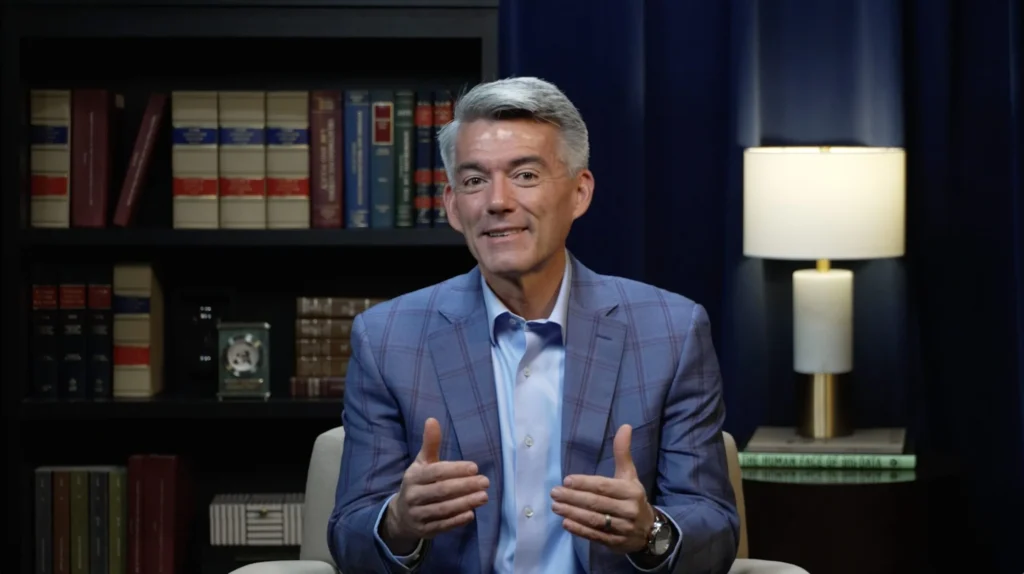Consumer savings as a result of innovative energy efficiency programs implemented by pay-TV and internet service providers are adding up to billions of dollars annually and significantly reduced energy consumption, according to new independent audits released earlier this month.
The findings of the audits conducted by D+R International, which reviews each provider’s performance data annually, demonstrate that these programs have been extremely successful:
- Set-Top Boxes – D+R’s latest report found that consumers saved nearly $2 billion in electricity costs in 2019, eliminating the need for five coal-fired power plants. Since the start of the agreement, set-top box annual energy consumption has decreased by nearly 46%, saved $7 billion in electricity costs, and avoided nearly 39 million metric tons of CO2 emissions. That’s the equivalent of the electricity used by all homes in California for more than seven months.
- Small Network Equipment (SNE) – D+R’s SNE report found that nearly 100% of new modems and routers purchased by service providers or sold by retail signatories last year met the energy-efficiency levels of the Voluntary Agreement. New SNE devices are supporting average downstream internet speeds that have quintupled under the Voluntary Agreement without significantly increasing energy consumption.
The voluntary energy efficiency programs operate without any regulatory mandate and demonstrate the deep commitment by pay-TV and internet service providers to conserving energy while continually improving the services delivered to millions of consumers.
Traditionally, the U.S. Department of Energy (DOE) has regulated maximum energy usage of major household appliances for decades and in 2012, the Natural Resources Defense Council (NRDC) urged DOE to regulate pay-TV set-top boxes. At that time, set-top boxes were growing in residential energy consumption because of the digital transition and a rise in popularity of more energy-intensive Digital Video Recorders (DVRs).
NCTA teamed with CableLabs and the Consumer Technology Association (then CEA) to persuade NRDC and DOE that traditional energy regulation of set-top boxes could impair the development of new features and services in a dynamic market that changes quickly. Instead, all of the major pay-TV providers joined NRDC and the American Council for an Energy-Efficient Economy (ACEEE) to launch a voluntary agreement that established rigorous efficiency commitments paired with the flexibility to develop new features temporarily outside of existing program requirements. The industry parties then signed a second voluntary agreement for SNE in 2015.
Sustaining Innovation
The new features process and flexibility of the Voluntary Agreements have enabled the parties to achieve these successes while continuing to develop and support new technologies and more robust service offerings. For example, purchases of higher-energy DVRs have fallen by more than half since 2015 as a result of whole-home architectures that allow consumers to use a single DVR to watch recorded content around the home and cloud DVR services which supports recording functionality without any DVR at all. The flexibility of the SNE agreement enabled unimpeded deployment of newer versions of cable’s broadband technology known as DOCSIS, Wi-Fi, and other technologies that support higher-speed services and stronger coverage throughout a home.
As a result, when broadband usage surged as a result of COVID-19 stay-at-home orders, consumers were able to receive average downstream speeds in excess of 150 Mbps without the need for new equipment in most homes. If SNE had instead been subject to rigid energy regulations based on market conditions in 2015 when the agreement was adopted – when average downstream speeds were only 30 Mbps and consumers had fewer connected devices – consumers would have not been able to take full advantage of broadband networks to work, learn, and stay connected from home during the pandemic.
The ability of these agreements to be both flexible and successful has attracted global recognition. The Canadian government spurred its service providers to implement both programs in Canada. The Global Commission for Urgent Action on Energy Efficiency cited the SNE agreement’s new feature process as one of only fifteen “Exemplar Policies of Recent Years” worldwide, and the trade publication Environmental Leader named each of the Voluntary Agreements “Project of the Year.” The cable industry’s initiative is now serving as a model around the world for pursuit of energy and climate objectives while also fostering innovation.
Broad Coverage
Signatories of the set-top box agreement include cable operators Comcast, Charter, Cox, and Altice; pay-TV providers AT&T/DIRECTV, DISH, Frontier, and Verizon; manufacturers CommScope and Technicolor; and energy advocates NRDC and ACEEE. SNE signatories include internet service providers Comcast, Charter, Cox, Altice, AT&T, Frontier, Verizon, and CenturyLink; and manufacturers Actiontec, ASUS, Belkin/Linksys, CommScope, Plume, Technicolor, and Ubee Interactive. Together, the service provider signatories cover approximately 90% of the U.S. residential pay-TV and broadband internet markets.
To find more information from the reports and the industry’s voluntary agreements, visit www.energy-efficiency.us.
To check the latest findings on nationwide network performance during the pandemic, go to the NCTA COVID-19 dashboard.








